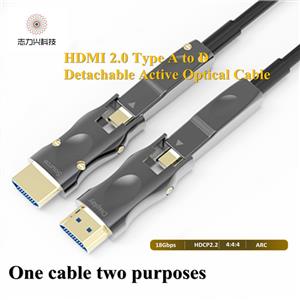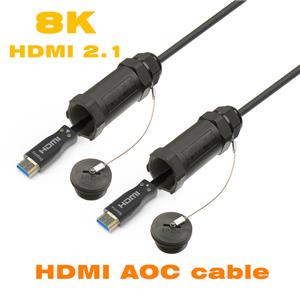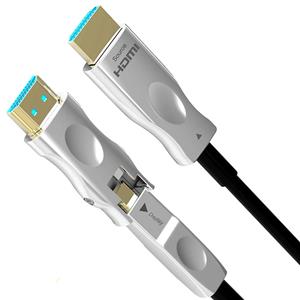- Home
- >
- News
- >
- Product news
- >
- HDMI 2.1 vs 2.0: What's the Difference?
HDMI 2.1 vs 2.0: What's the Difference?
The humble HDMI cable has been one of the most popular options for connecting all sorts of devices to each other for over a decade. Over that time it hasn't seen massive leaps in performance, at least not in a single generation. That's set to change with HDMI 2.1, where HDMI technology will go through its most dramatic improvement to date, almost tripling bandwidth and far broader support for all sorts of visual technologies.
That doesn't mean existing HDMI connections will be useless, or even that you should upgrade to HDMI 2.1. But it means that in a battle of HDMI 2.1 vs. 2.0, it's not much of a contest.
HDMI 2.1's explosive bandwidth advance
HDMI 2.1 is a landmark revolution of the standard, rather than the incremental evolutions of the past few generations. Where HDMI 2.0 built upon HDMI 1.4 by improving color spectrum support, increasing transmission and data rates by over 50 percent, and doubling the support for audio channels, HDMI 2.1 turned the standard on its head.
HDMI 2.1 supports a maximum transmission bit rate of 48 Gbps, compared with HDMI 2.0's mere 18 Gbps. HDMI 2.1 vs HDMI 2.0 cables on max effective data rate is a similar wash, with HDMI 2.1 supporting up to 42.6 Gbps, where HDMI 2.0 manages just 14.4 Gbps. All that additional bandwidth opens up the HDMI standard to higher resolutions and refresh rates than it ever had before, making it a true competitor for the high-end DisplayPort standard.
HDMI 2.1 offers native support for 4K resolution at high refresh rates like 120Hz, and even up to 144Hz. It also enjoys better support for 5k resolution at up to 60Hz (where HDMI 2.0 needed compression technology to make that viable) and 8K at 30Hz refresh rate. Previous generations of HDMI cables weren't capable of compression, but with the new, lossless DSC 1.2 now supported by the new HDMI standard, even higher resolutions and refresh rates are possible.
With DSC 1.2 enabled, HDMI connections can handle up to 10K resolution at up to 120Hz. The same goes for 8K and 5K resolution, with 4K resolution playable at up to 240Hz when compression is used.
These are major advancements of the HDMI standard and put HDMI 2.1 vastly ahead of HDMI 2.0 in terms of its raw power and capabilities. HDMI 2.1 vs. 2.0 is a blowout when it comes to performance.
HDMI 2.1 vs 2.0 on features
No connection standard dominates through its bandwidth alone. Features are also an important consideration in picking it over any of the other competing standards. With HDMI 2.1, the HDMI Licensing organization that manages and licenses the standard, co-developed a number of other generational improvements.
HDMI 2.1 supports dynamic HDR, letting a connected display alter the HDR metadata on a scene by scene, or even frame by frame basis. It also supports an enhanced audio return channel (eARC) for improved support of Dolby Atmos and DTS:X audio standards; variable refresh rate support, which eliminates stuttering and frame tearing in games; quick media switching so there's less delay in switching between video sources, and quick frame transport, for better utilization of the HDMI 2.1 connector's expanded bandwidth.
There's also an automatic low latency mode (ALLM) which can help cut down on signal latency in settings where that's useful, like gaming.
HDMI 2.0 supports none of that, so HDMI 2.1 vs. 2.0 on features isn't very competitive either.
A new cable for a new age, but do you need it?
HDMI 2.1 cables are available now and supporting devices trickled out throughout 2020. With the release of mainstream consoles from Microsoft and Sony heralding a new era of HDMI 2.1 connections, the HDMI 2.1 vs. HDMI 2.0 battle seems all but finished.
While you won't get any of the performance benefits of HDMI 2.1 cables if you buy them to use on an HDMI 2.0 or earlier device, they are entirely backward compatible. HDMI 2.1 cables can be bought from us for not too much more than an HDMI 2.0 cable, so as you upgrade your devices, gradually transitioning to the new standard makes a lot of sense. Cable Matters’ line of 48Gbps HDMI cables includes passive cables, and active cables for reliable performance at a distance.
Please contact me to know more about the HDMI active optical cables.
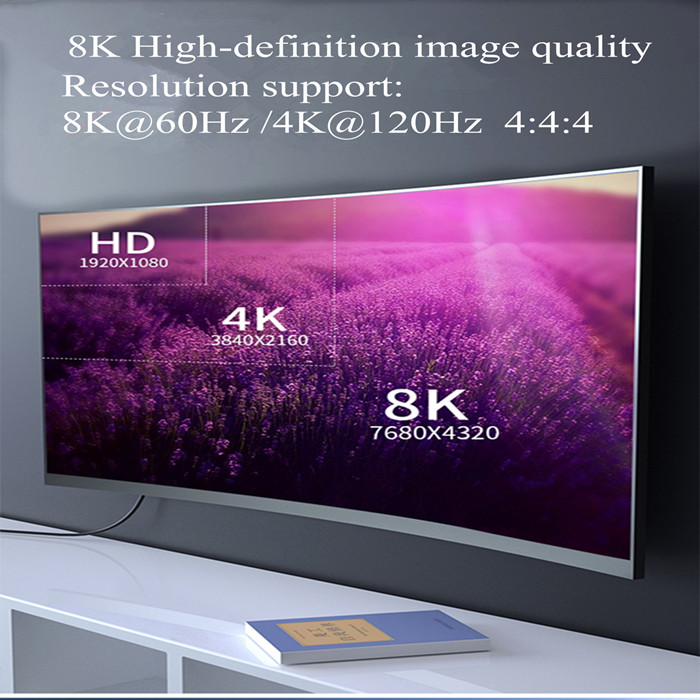
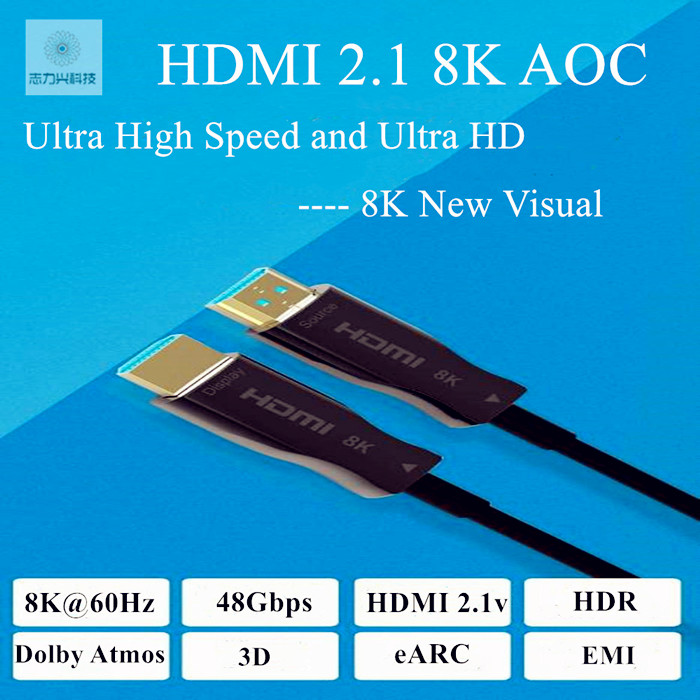


Please feel free to give your inquiry in the form below.
We will reply you in 24 hours.


